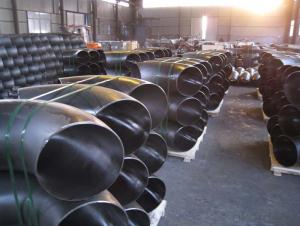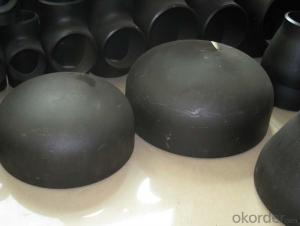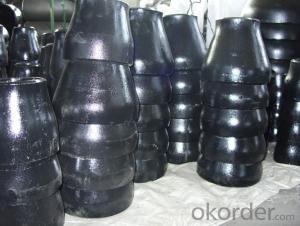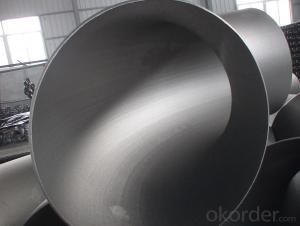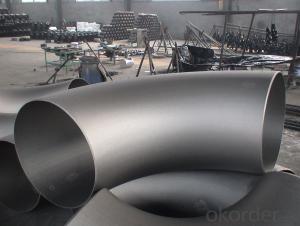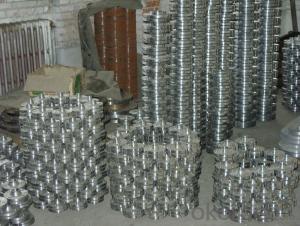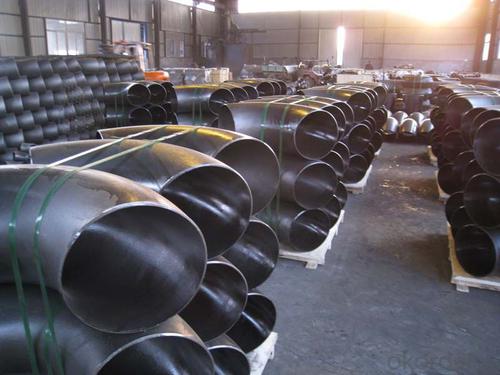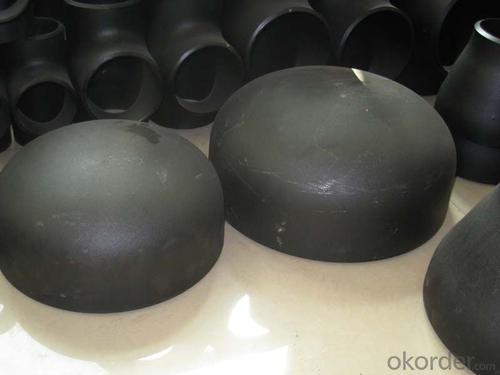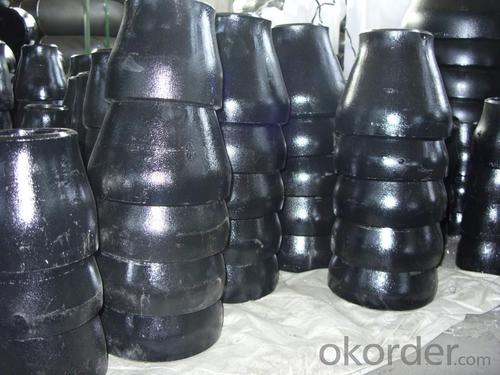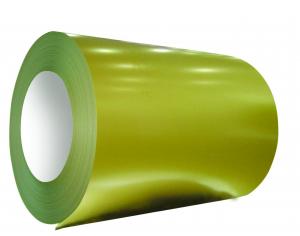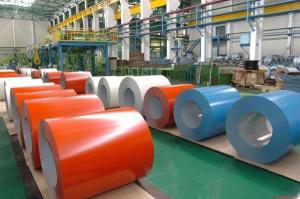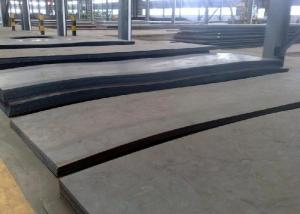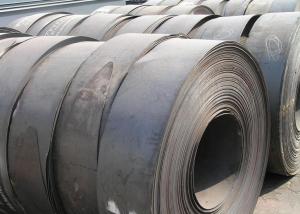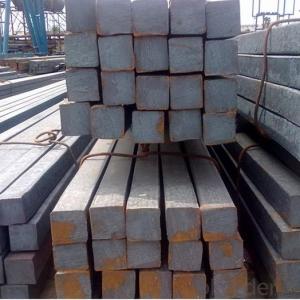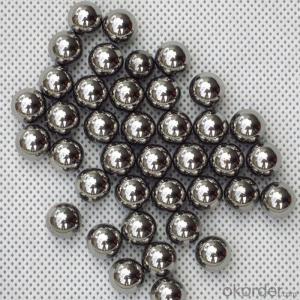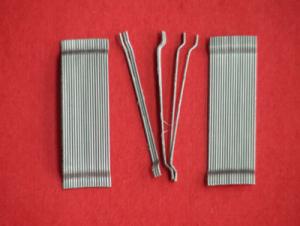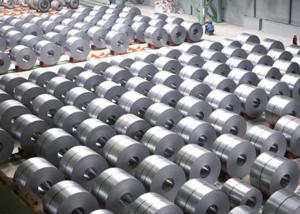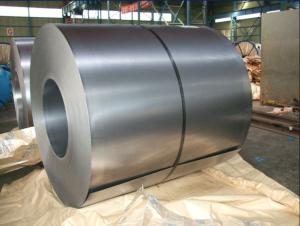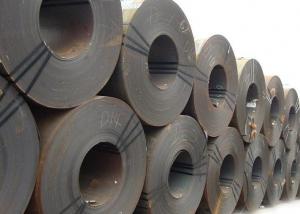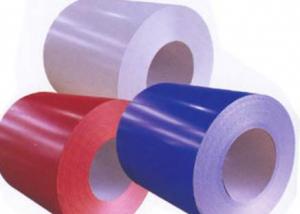Carbon Steel Pipe Fittings SR BEND
- Loading Port:
- China Main Port
- Payment Terms:
- TT OR LC
- Min Order Qty:
- -
- Supply Capability:
- -
OKorder Service Pledge
OKorder Financial Service
You Might Also Like
Specifications
pipe fitting elbow
Certificate:ISO:9001-2000
New material,completely meet asme and din standard
Best price
1. type: AISI ASTM A234 WPB BW Con Elbow
2. Size: 1/2"-48"(1/2"-24"is seamless and 26"-48"is welded)
3. Wall thickness: sch10-160, STD, XS, XXS
4. Material: A234WPB, A420WPL6, A420WP5, WP11, WP12, WP22, etc
5. Welding line: seamless
6. Angle of bend: 30, 45, 90, 180degree
7. Bending radius: SR, LR
8. Standard: ANSI B16.9, JIS, SB, DIN, GB
9. Surface treatment: black paint, vanis paint, black rust-proof oil,
transparent oil, hot galvanizing
10. Application: petroleum, electricity, chemical, natural gas, metallurgy,construction,
shipbuilding and other fields because of its high pressure, high temperature, etc
11. connection: welding
12. technics:forged
13.Certificate:ISO9001 - 2000, CE, SGS, etc.
14. packaging: wooden case, pallet, container or in accordance with the
requirement of customers
15. Principle: quality fist, customer first, credit first
16. payment: L/C T/T
17. delivery time: 7-25 days after payments
18. Notes: the bevel can be made in accordance with the special requirements
of the customers
19. Others: we can also produce the products according to the requirements
of the customers
The main production:
1. PIPE FITTINGS: elbows, tees, bends, reducers, cap, flanges and sockets etc.
2. PIPE: bult welded pipes, seamless pipes, threaded pipes, etc.
We sincerely welcom customers at home and abroad to visit us and seek common development.
- Q: What are the uses of steel in the construction of schools and universities?
- Steel is commonly used in the construction of schools and universities due to its superior strength, durability, and versatility. It is used to create the framework and structural components of buildings, providing stability and support. Steel beams and columns can withstand heavy loads, allowing for larger open spaces and flexible floor plans. Additionally, steel is fire-resistant, which enhances the safety of educational facilities. Its use in construction also ensures faster construction times and cost-effectiveness, making it an ideal material for schools and universities.
- Q: How is steel used in the construction of convention centers and exhibition halls?
- Steel is extensively used in the construction of convention centers and exhibition halls due to its strength, durability, and flexibility. It is commonly used for the structural framework, roofing, and cladding of these large-scale buildings. Steel's high tensile strength allows for the creation of wide-open spaces without the need for excessive support columns or walls, enabling the construction of large exhibition halls and expansive convention centers. Additionally, steel's durability ensures the longevity of these buildings, while its flexibility allows for easy modifications or expansions to suit evolving needs.
- Q: How is steel used in the production of storage tanks?
- Steel is used in the production of storage tanks due to its strength, durability, and ability to withstand high pressure and temperature conditions. It is used to construct the main body and walls of the tank, ensuring that it can safely hold and contain various liquids or gases without leaking or corroding. Additionally, steel can be easily molded and welded to create tanks of different sizes and shapes, making it a versatile material for storage tank production.
- Q: What are the environmental impacts of producing steel products?
- The environmental impacts of producing steel products include emissions of greenhouse gases, such as carbon dioxide, during the iron and steel production process. Steel production also generates air pollutants, including sulfur dioxide, nitrogen oxide, and particulate matter. Additionally, the extraction of raw materials for steel production can lead to habitat destruction and deforestation. The steel industry also consumes large amounts of water and energy, contributing to resource depletion and potential water and air pollution. Overall, the production of steel products has significant environmental consequences that require sustainable practices and mitigation measures.
- Q: How is steel wire galvanized for electrical applications?
- Steel wire is galvanized for electrical applications by immersing it in a bath of molten zinc. The wire is cleaned and then dipped into the zinc bath, which forms a protective coating around the wire. This process, known as hot-dip galvanizing, ensures that the steel wire is protected from corrosion and can be safely used in electrical applications.
- Q: How are steel pipes used in the transportation of natural gas?
- Steel pipes are used in the transportation of natural gas as they provide a reliable and durable means of transporting the gas over long distances. These pipes are designed to withstand high pressure and are resistant to corrosion, making them suitable for the transmission of natural gas. Additionally, steel pipes are able to maintain the integrity of the gas, ensuring minimal leakage and loss during transportation.
- Q: What are the different types of steel sheet and plate materials?
- There are several different types of steel sheet and plate materials, including carbon steel, stainless steel, alloy steel, and galvanized steel. These materials vary in their properties and are used for different applications based on their strength, corrosion resistance, and durability. Carbon steel is a common choice for its affordability and versatility, stainless steel is known for its resistance to corrosion and high temperature, alloy steel offers improved strength and toughness, and galvanized steel is coated with zinc to prevent rusting.
- Q: How is steel used in the construction of high-rise buildings?
- Steel is commonly used in the construction of high-rise buildings due to its strength, durability, and flexibility. It is used as the primary structural material, providing a sturdy framework that can withstand the weight and forces exerted on tall buildings. Steel beams and columns are used to support the floors, walls, and roof, allowing for open and spacious interior designs. Additionally, steel is utilized in the construction of elevator shafts, stairwells, and other critical components of high-rise buildings, ensuring their stability and safety.
- Q: What are the applications of stainless steel in the food industry?
- Stainless steel has numerous applications in the food industry due to its unique properties. It is commonly used in food processing, storage, and equipment manufacturing. Its corrosion resistance makes it ideal for food contact surfaces, ensuring hygiene and preventing contamination. Stainless steel is used in the production of utensils, sinks, countertops, and appliances due to its durability, easy cleaning, and resistance to heat and chemicals. It is also used in food transportation, such as tanks and containers, as it maintains the quality and integrity of the food during transit.
- Q: How is steel used in the production of industrial boilers and pressure vessels?
- Steel is used in the production of industrial boilers and pressure vessels due to its high strength and durability. It provides a sturdy framework that can withstand high temperatures and pressures, ensuring the safety and efficiency of these equipment. Steel is also easily weldable, allowing for complex designs and customization in the manufacturing process. Additionally, its resistance to corrosion makes it a suitable material for handling various substances and prolongs the lifespan of the boilers and pressure vessels.
Send your message to us
Carbon Steel Pipe Fittings SR BEND
- Loading Port:
- China Main Port
- Payment Terms:
- TT OR LC
- Min Order Qty:
- -
- Supply Capability:
- -
OKorder Service Pledge
OKorder Financial Service
Similar products
Hot products
Hot Searches
Related keywords
